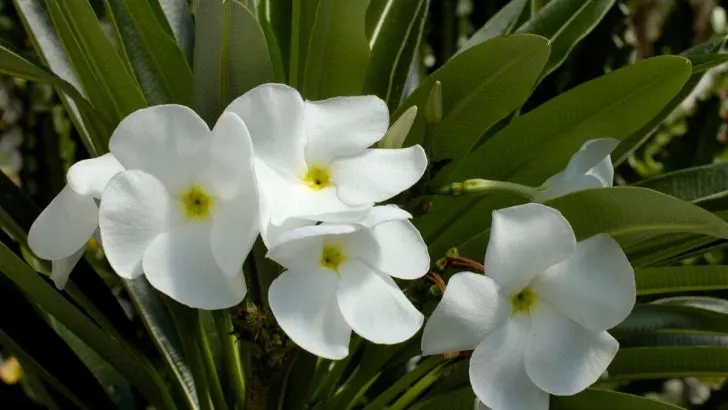In today’s article, we will teach you how to care for the Madagascar palm tree. This palm, however, is not a real palm tree.
This is actually a succulent plant that can survive drought and retain its great appearance. Caring for this plant is not demanding, and it will make your home or garden look great.
If you don’t have much time to take care of palm trees this plant is your choice. With minimal effort, Madagascar palms will retain their shiny green leaves and attractive appearance.
If you are ready, let’s learn everything about the care guide for Madagascar palm trees.
About Madagascar Palm
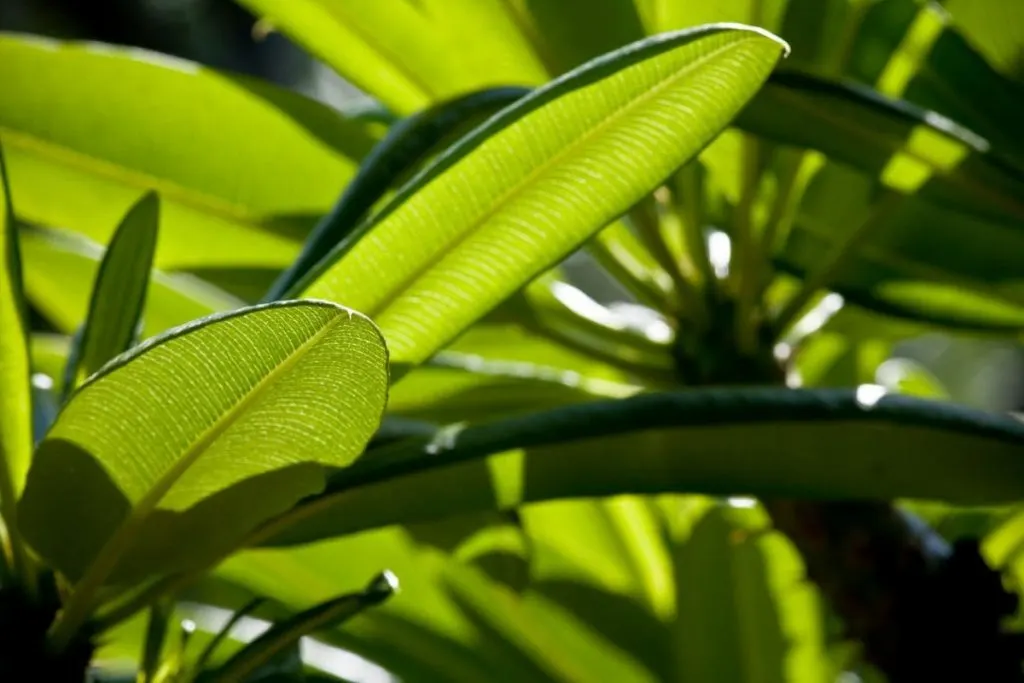
If you want to get a new succulent shrub for your garden, Madagascar palms are your best choice.
Young plants just like a mother plant you’ll propagate new plants later on from are truly marvelous.
They are not messy, they are small plants with thick gloves and very low maintenance. Avoid soil dry for these plants, and locate them on the west-facing window.
Make sure the surface soil is dry between waterings, and voila! With such a small amount of effort, you’ll have an amazing plant in your garden.
- Native habitat: succulent plant native to southern Madagascar
- Botanic name: madagascar palm pachypodium lamerei
- Common names: ghost men plant, pachy, clubfoot plant
- Type of plant: low maintenance, succulent plant, one of the attractive houseplants, succulent shrub, not a true palm
- Flower color/shape: white flowers, twisting petals
- Leaf shape/color: dark green, leaves fall in the fall, leaves form shrub shape
- Use of Madagascar palms: coastal landscapes, houseplants
- USDA zone: 8-11
- Where to grow Madagascar palm tree: bright light, repot mature plants in the soil moisture-moist sand works the best, sandy soil, fairly warm temperatures, avoid overwatering to avoid root rot
- Wildlife of Madagascar palm trees: deer resistant, no wildlife
Madagascar Palm Care Guide: How To Take Care Of Madagascar Palms?
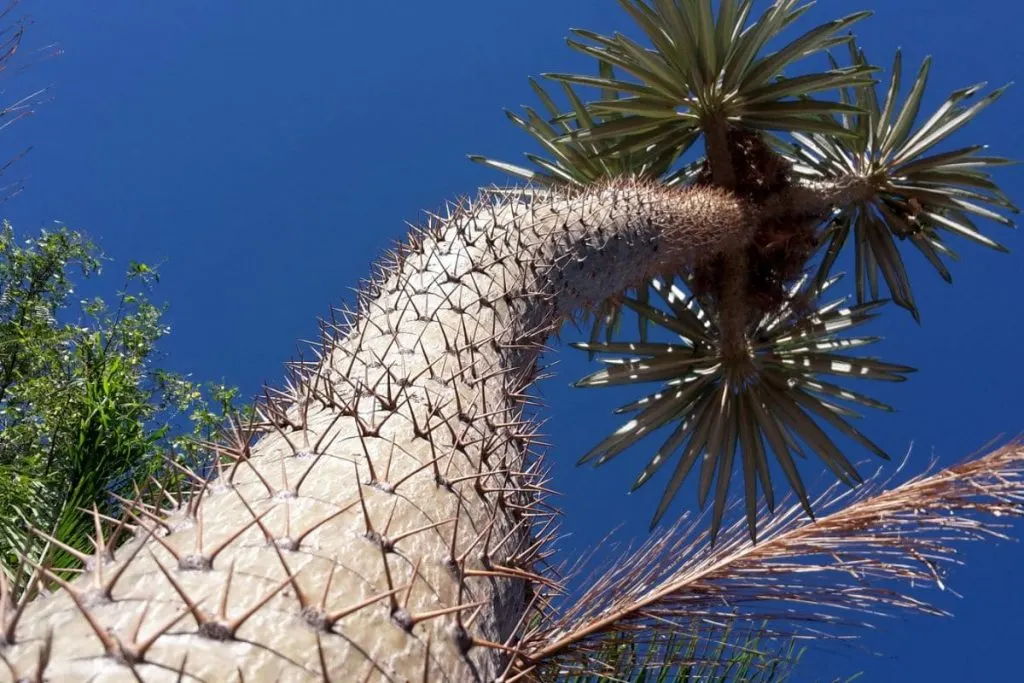
Caring for the Madagascar palm tree is not demanding. Take care of it like any other palm tree. Give it well-drained soil, full sun, and sandy soil. They don’t like acidic soils.
Always make sure to balance the soil for the palm trees. After a little practice, with 5 minutes a day, your palm tree will grow happily.
Let’s learn more about the Madagascar palms care guide below. Once we’re done, you’ll be able to decide if you’re ready to host this low-maintenance plant in your yard.
Light Needs
The light conditions of Madagascar plants are simple. Lots and lots of sun and some shade in the midday hours. The plant will not bloom in the shade, so do not plant it in such places.
The plant hates complete shade. The best is direct sun between 7 and 11 in the morning, and mild light or partial shade after noon.
Can Madagascar Palm Grow In Full Sun?
Madagascar palm grows best in full sun conditions. For optimal growth, we advise you to plant it where there is plenty of morning sun. 4-5 hours of direct sun and afternoon shade and your plant will grow very successfully!
If growing it indoors, you can expose it more to direct sunlight. Why is that so? Filtered sunlight that your plants get through windows and curtains is not as strong as the direct sunlight outside.
Watering Schedule
The Madagascar palm is a succulent plant. This means that it can last a very long time without water. That’s roughly 12 days without the plant changing its appearance.
This is very important for those of you who constantly have a lot on your mind and often forget to water.
Forget about remorse, the plant will be fine even after 12 days without water. Its height depends a lot on the watering.
However, how big can succulents get also depends on their type. It’s best to water them with rainwater or warm tap water.
BUT How Tall Does A Madagascar Palm Get?
When grown outdoors, Madagascar palm can reach 20 feet. Indoors, they usually grow up to 3-4 feet tall. Outdoor Madagascar palms will always show much more success than indoor plants.
The indoor plant usually gets filtered sunlight and that can sometimes be an issue for its growth. But remember, that’s not the issue for all plants. Some plants love and need filtered sunlight.
Soil Mix
The type of soil is very important for this plant. If you want to be sure that it will grow properly, do not move your selection further than the sandy soil.
This plant also likes moderately acidic soil, but do not overdo it with this type of soil either. You can immediately incorporate organic matter at planting to encourage new growth.
Fertilizer
The best fertilizer choice for this plant is palm fertilizer or 15-10-10 fertilizer. The plant needs to be fertilized three times a year.
The main fertilizing is the one before flowering in the spring. Never fertilize in autumn and winter.
Humidity
Humidity is not very important for this plant. It does well in conditions with 50 as well as 70%. However, the humidity below that is still not good because its appearance will be a bit cloudy.
Temperature Ratio
It grows best in warm regions. It’s a temperature between 75 and 85 F. It doesn’t like sudden changes in temperature so it often goes into shock if you bring it outside from inside. Carefully and gradually change the temperature.
What Is Madagascar Palm Cold Tolerance?
Madagascar palm doesn’t tolerate cold weather well. They don’t stand frost too either. They grow best in USDA zones 8-11, ie-.warm temperatures regions.
If you’re growing them in colder regions, make sure you provide them with at least 70% similar conditions they need. It is a must to protect them over winter months if growing outdoors.
Pruning
It is best to trim the palm tree with a sterile knife or scissors. Many people do circumcision to prevent infection and damage. My advice is to only prune when there is a reason to do so. There is no need to prune a healthy plant.
Propagating
There are two easy ways to propagate this palm tree. The first way is using seeds, and the second is using cuttings. However, the one with seeds is more popular.
Before planting, store the seeds in warm water for 24 hours before planting. It will absorb the necessary humidity and this will be of utmost importance for your plant.
Toxicity Of Madagascar Plant
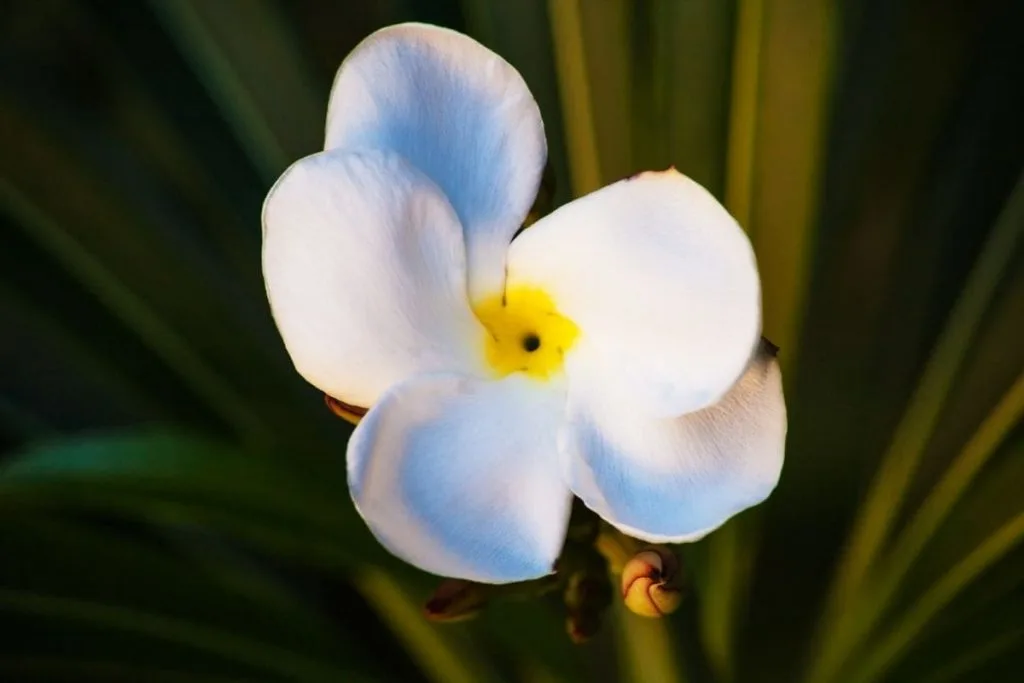
The Madagascar palm has certain toxins in its leaves. However, this palm is not nearly as toxic as some similar plants. However, we advise you not to plant it where it can come into direct contact with your pets.
When digested it can cause vomiting, and breathing issues, when touched it can cause skin irritation, etc. Mature plants contain more toxins than “baby plant.”
Wrapping Up
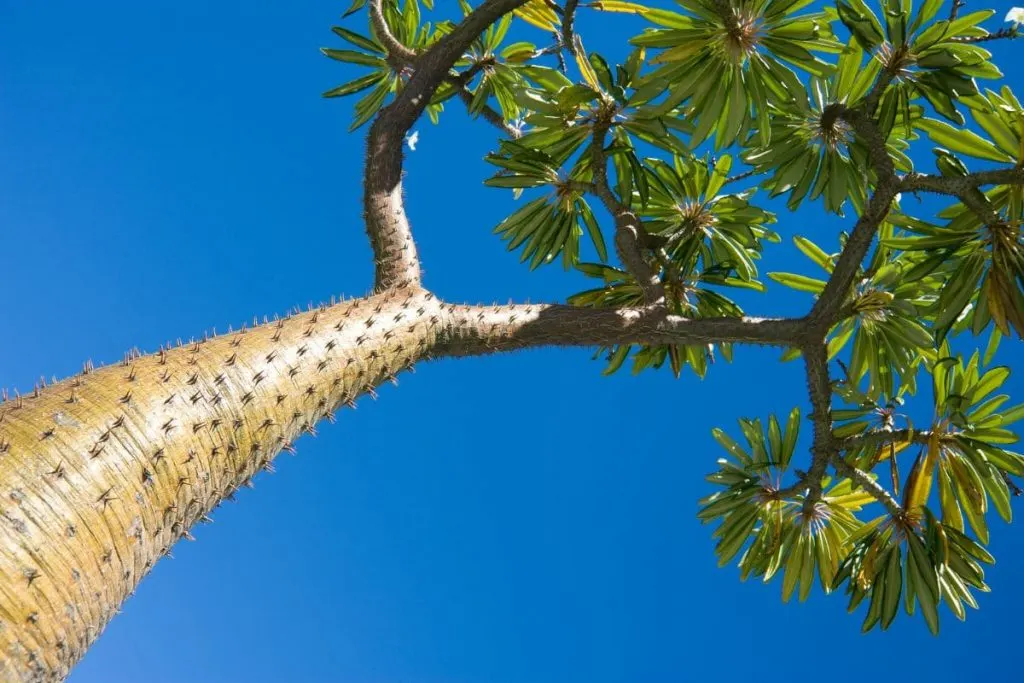
How did you like our article about the Madagascar palm? We hope you loved it and found it helpful as well. Should we sum things up?
Avoid excess water to prevent issues such as root rot. Stop fertilizing in the late summer. Never fertilize them in the winter months.
Full sunlight works best for Madagascar palm. They propagate well from seeds and cuttings. Choose mildly acidic soils for them.
Water them more regularly first few months. When reporting, the new pot should be exactly the same as the previous one.
Enough light equals good growth. Always make drainage holes in the pot. When grown indoors it won’t reach its full capacity.
That would be all for today, see you soon with some similar article.

